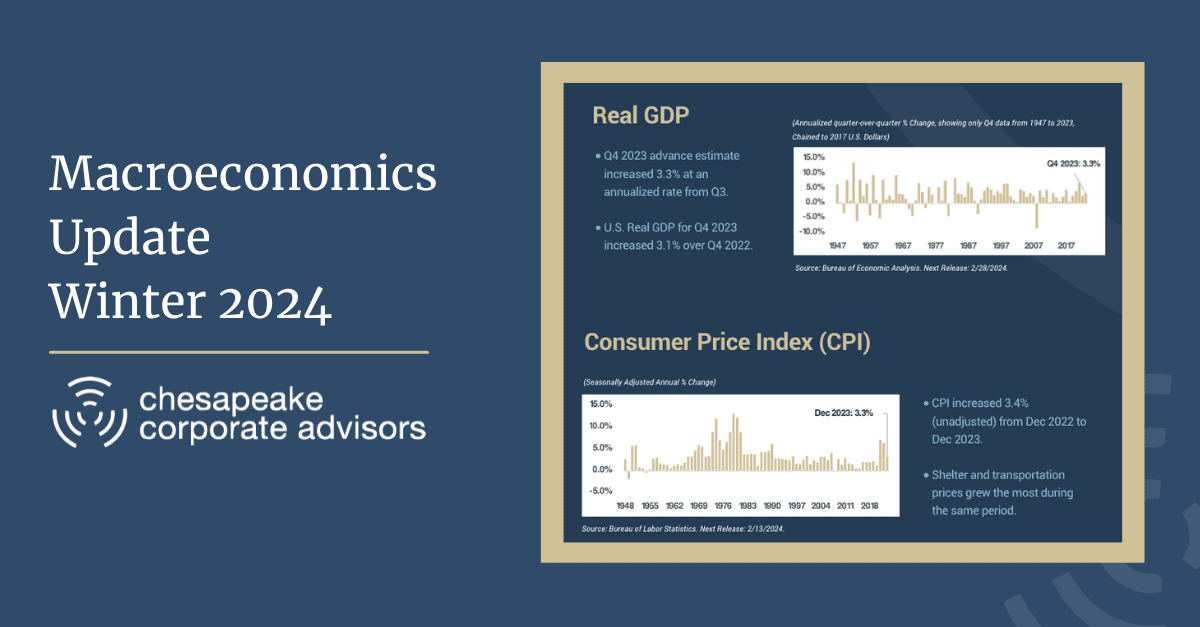The current situation is putting financial stress on companies of all sizes. Companies should be proactive in their planning and if necessary, in communicating with their bank. We have been in contact with lenders and are hearing a consistent message – for borrowers that reach out to their lenders with a comprehensive plan of action banks are willing to consider loan modifications, including converting loans to interest only for a period of months and granting temporary increases to revolving credits to cover working capital needs.
The information below provides guidance for planning steps company owners/leaders (“owners”) should consider and also provides information on some of the government assistance that is being put in place.
Steps to Take Immediately:
- Analyze and quantify your current financial situation and cash flow and develop a projection based on well-defined assumptions.
- If additional borrowing or modifications to current loans will be required open communication with the bank is crucial. Owners should determine and justify the specific need and have an outline of a specific structure including the amount needed/loan modifications required, collateral analysis, potential payback period.
- Owners should take the following steps to assess the current situation and develop a forecast. Owners should be constantly reassessing their situation and updating the forecast as necessary.
- Review each customer and prospect and determine current work/orders that are in progress or on a backlog and expected future orders under normal circumstances. Whenever possible, have conversations with customers to gain insight on their situations and reassure them that you are “open for business”. Then put a probability on what will go forward as planned, what will be delayed and what will be cancelled.
- Review current accounts receivable and estimate when (or if) they will be collected, understanding in the current environment, when everyone is hoarding cash, this will most likely vary from historical collection patterns. Project future accounts receivable based on the expected orders. If possible, try to estimate credit worthiness of customers (likelihood that they will be able to ultimately pay, even if it is delayed).
- Determine what direct resources (typically materials/parts and payroll) will be needed to deliver on the expected work and what the associated costs will be. This should be looked at on a cash basis; i.e. when cash will be spent to pay these expenses. Estimate inventory levels going forward if applicable.
- Review all other expenses to determine which ones can be immediately cut (even if just temporarily) without causing major disruption to delivering on the orders expected. Forecast expenses that will remain on a cash basis; i.e. when cash will be spent to pay these expenses.
- With the information gathered from your analysis build “interactive” 30-60-90 day cash flow models. Also consider building a daily cash flow model for the next two weeks, then update it every day.
- Analyze the company’s expected collateral position – accounts receivable, inventory, other assets including fixed asset and real estate.
- Review the overall operation and consider potential supply chain risks and alternatives, risks and alternatives for employee absenteeism, delivery risks and alternatives and any other key aspects of the operation that could be impacted.
- Consider alternative revenue sources or alternative uses for the company’s product or service.
Information on Government Assistance:
- The IRS and the State of Maryland have both extended the income tax deadline for paying income tax due until July 15, 2020. This applies to all individual returns, including self-employed individuals, and all entities other than C-Corporations, such as trusts or estates.
- The IRS has extended the deadline to file tax returns until July 15, 2020. For more information regarding the Coronavirus tax relief from the IRS – IRS – Coronavirus.
- The State of Maryland has extended the deadline to file certain business- related returns until June 1, 2020. For more information on Maryland tax filings – MD State Tax filing info.
- Consult your accountant/tax professional to confirm how this applies to your specific situation.
- For the State of Maryland, all licenses, permits, registrations, and other authorizations issued by the state, its agencies or any political subdivision that would expire during the current state of emergency that was declared by Governor Hogan on March 5, 2020 will be extended until at least the 30th day after the state of emergency is lifted.
- The Maryland Insurance Administration issued an advisory regarding business interruption insurance – Business Interruption Insurance. Owners should consult their insurance professionals for information on their specific policies, but the advisory says in part “All insurance policies have exclusions of coverage for risks that are too great to be underwritten at an affordable price. Global pandemics like COVID-19 usually fall into this category. However, policies can be different. We recommend that businesses review their policies and reach out to their insurance professionals with any questions.”
- The U.S. Small Business Administration is offering low-interest federal disaster loans for working capital to small businesses suffering substantial economic injury as a result of the Coronavirus (COVID-19). Maryland business are eligible to apply for a loan under this program. Details on this loan program, including a link to apply for a loan, can be found in this link – SBA Disaster Assistance Loans.
- Maryland has set up a website that is being updated regularly that covers the information outlined above as well as other information for business owners. The website is http://www.businessexpress.maryland.gov/coronavirus.
- There are other loan/grant and assistance programs being considered by Federal and state governments and other private sources, but they have not been formally approved or finalized at this time.
We are obviously in unprecedented times which require immediate and continuous action. Hopefully, the ideas outlined above provide you some helpful guidance for these times. The CCA team is fully engaged and operational and available if you have any questions or would simply like to have a conversation with one of our team members.





